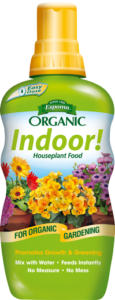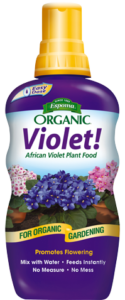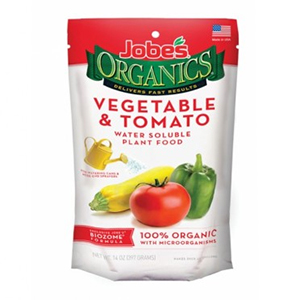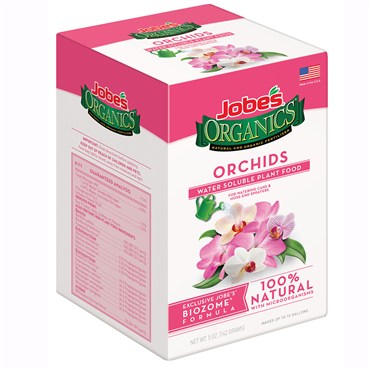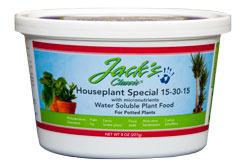IN(the)DOOR Houseplant Care
Looking for an upward trend to start your new year with excitement? Look no further than indoor houseplants. Specifically, mini plants. Miniature plants are in, in a big way! They’re surging in popularity at retail in all forms—succulents, mini orchids, cyclamen, kalanchoes, gerberas, mini roses and more. It’s also one of the fastest growing segments for gift giving.
The fun of mini plants is accessible to everyone, novices and skilled green thumbs alike. Are you prepared to help your customer be successful with their new purchase when they get home and in the door?
Need-to-Know Care Instructions
Plant tags have improved considerably over the last 10 years or so, communicating plant-care basics much more clearly than they did in the past. Often, tags help a consumer understand the optimum conditions for their new plant (e.g., sun, shade or filtered sun) along with important guidance on watering. Watering direction may be the single most important component to plant survival: Underwatering a plant, especially indoors when the heat is turned up, takes a toll on plant health.
At times, however, tagging isn’t always available or isn’t noticed by the consumer. Be sure to supplement or reinforce variety-specific plant care information with in-store signage. Short bullet points are best, and legibility is key: signage should be easy to read from 4-6 feet away. Long-winded instructions are difficult to remember, and fine print is both challenging to read and easy to overlook. For consistency, have the same person write the messages on all of your plant-care signage.
If you have the resources, print on moisture-resistant cardstock to keep your signage looking great for a long time. Lamination is another option to block moisture.
Subtle Suggestions
Progressive retailers will position relevant products (i.e., plant foods) near the plant varieties at the point of decision, the plant bench. Products to feed and water their purchases should be close by. The proximity subtly encourages consumers to make a pairing that will enhance their success as well as your bottom line.
The most common objection to this strategy is that product packaging gets shop-worn or fatigued and, ultimately, thrown away or used in-store. There are ways to combat this in any greenhouse or store table. A display prop like a brightly painted crate that’s topped with a sheet of Plexiglas or polycarbonate can easily be placed with the plants to protect products from errant watering.
Another key selling addition is to stage a vinyl saucer display along return paths from the greenhouse to the registers. It’s another easy way to increase ticket sales!
The Newest Diets
The plant-fertilizer category for houseplants has undergone huge changes in packaging and product selection. Even the largest manufacturers in our industry can’t resist entering the mix. Espoma and Bonide have recently joined the race for shelf dominance with new houseplant foods and remedies. They’ve created moisture-proof, off-shelf displays; colorful, water-resistant packaging; easy-to-read labels and even unique chemistry. Espoma has developed organic indoor foods that contain natural proteins and beneficial microbes while minimizing salt build up. Jobe’s and Nature’s Source have also developed an organic water-soluble fertilizer product that’s OMRI-listed and is a unique performance alternative. With the continued emphasis of fresh, organic, and natural in marketing efforts, these products are welcomed additions to time-tested favorites like Jack’s Classic and Schultz. Take the time to explore new opportunities with indoor houseplants and keep in mind the four “P’s” for a great product launch: performance, package, promotion and placement!


